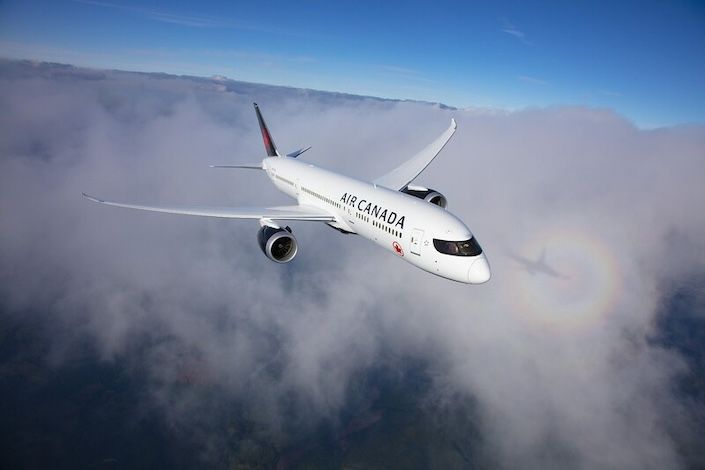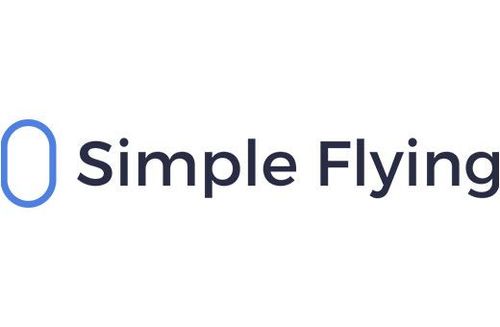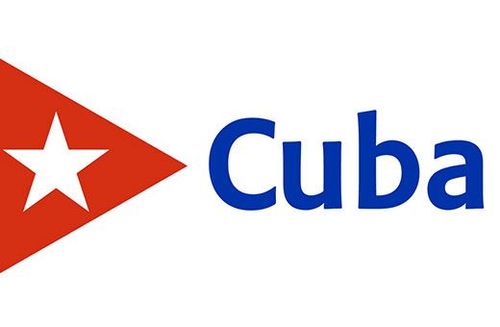Where travel agents earn, learn and save!
News / Canada is losing regional connectivity as low-cost alternative airlines struggle
Carrier consolidation leads to reduced connectivity, higher prices, and fewer travel options

After the bankruptcy of Lynx Air, the struggles of Flair Airlines, and the consolidation of carriers within Canada, the country’s domestic market is losing out on connectivity and competition, resulting in higher prices and fewer options for consumers.
Some airports have either lost all domestic flights or are now dealing with skeleton flight schedules, leaving passengers with few alternatives to travel to the big metropolitan areas of Canada.
Down on pre-pandemic levels
According to data from the aviation analytics company Cirium, the total number of weekly flights on domestic routes within Canada was still far from the number of weekly itineraries in 2019.
When comparing August 2024 versus August 2019, there are 3,304 fewer weekly flights on domestic routes, resulting in 85,525 fewer weekly seats.
The only bright spot was that the weekly available seat kilometers (ASK), indicating total capacity, was up 4.8% year-on-year (YoY), with 87.7 million more ASKs in August than during the same month in 2019.
Cirium data showed that there are a total of 23 airports that have lost all service. In 2019, they all had several weekly flights, including Kingston Norman Rogers Airport (YGK), which has lost 33 weekly domestic itineraries, the most out of any airport in Canada.
In 2019, Air Canada, through its regional affiliate Jazz Aviation, exclusively served the route between YGK and Toronto Pearson International Airport with a De Havilland Canada Dash 8 Q100, the airport’s only connection to Canada’s largest cities.
Upgauging the domestic market
While that process began before the pandemic, Air Canada Jazz now has no Dash 8 Q100 or Dash 8 Q300 aircraft, meaning that the airline streamlined its fleet, allowing it to optimize its operations, according to ch-aviation data.
However, with aircraft that have more seats, some routes become unprofitable due to the higher operating costs of bigger aircraft, including the Dash 8 Q400s, not to mention Jazz’s jet-powered Mitsubishi CRJ or Embraer E-Jets.
As a result, while the domestic market has been slow to recover flights after the pandemic, upgauging has resulted in a near-recovery of domestic capacity.
At the same time, comparing August versus August 2023, both weekly flights and weekly seats on domestic itineraries have increased by 0.3% and 0.7%, respectively.
Looking at Canada’s international outbound weekly flights, these have increased by 11.3%, while weekly seats on international itineraries have grown by 11.9% when comparing the two months.
Versus August 2019, there are fewer weekly flights (-8.5% YoY) but more weekly seats (1.3% YoY) on international routes out of Canada.
Competition inside Canada
The pre-pandemic data also showed that Air Canada and WestJet have deployed 40.6% and 27.1% fewer weekly flights, respectively, in August. As a consequence, the two carriers had 20.5% and 12.8% fewer weekly flights during the last month of the summer.
Yet competitors have attempted to carve out their market share within the domestic market in Canada, including Flair Airlines , Lynx Air, and Porter Airlines.
Overall, August has 19.8% fewer weekly domestic flights and 6.1% fewer weekly domestic seats compared to August 2019.
So far, the results have been mixed. Lynx Air announced that it was going out of business in February, while Flair Airlines has flirted with bankruptcy since it had a sizeable debt to the Canada Revenue Agency (CRA).
The latter’s problems have been exacerbated by the troubles of 777 Partners, a company that has already reduced its shareholding in Flair Airlines from 25% to 10%, which was confirmed by the carrier’s chief executive officer (CEO) in May.
777 Partners’ other investment in Australia-based Bonza had resulted in the latter's bankruptcy. Subsequent lawsuits accused the investment firm of running a Ponzi scheme, including double-pledging assets as collateral for borrowings from other companies.
Still, Porter Airlines has continued to grow its presence in the Canadian domestic market and, according to Cirium data, has become the fourth-busiest airline in the country in terms of weekly flights, behind Air Canada, WestJet, and Harbour Air respectively.
At the same time, John Gradek, a faculty lecturer at McGill University in Montreal, Quebec, Canada, warned in an interview with Daily Hive Canada that Flair Airlines would not survive beyond 2024.
Problems acknowledged by the government
On July 29, the Competition Bureau of Canada, part of the government of Canada, announced that it would officially launch a study of competition in the Canadian airline industry. The government announced a draft market study notice on May 27.
Nevertheless, the study would examine three key topics, including competition within Canada, barriers to entry and expansion in the domestic industry, and the factors that prevent Canadians from making informed decisions about their air travel options.
Matthew Boswell, the Commissioner of Competition of the Competition Bureau of Canada, stated that air travel was a critical service and that everybody knew that Canadians have been frustrated by the cost and quality of domestic services.
The study will go on for 11 months. After the final terms of reference were published in July, the Competition Bureau will accept written submissions from the public throughout August.
Subsequently, the agency will engage with stakeholders and analyze potential solutions and recommendations in the winter and spring of 2025.
The study should be published in June 2025 if the Competition Bureau does not adjust the schedule of its analysis of the Canadian airline industry.











